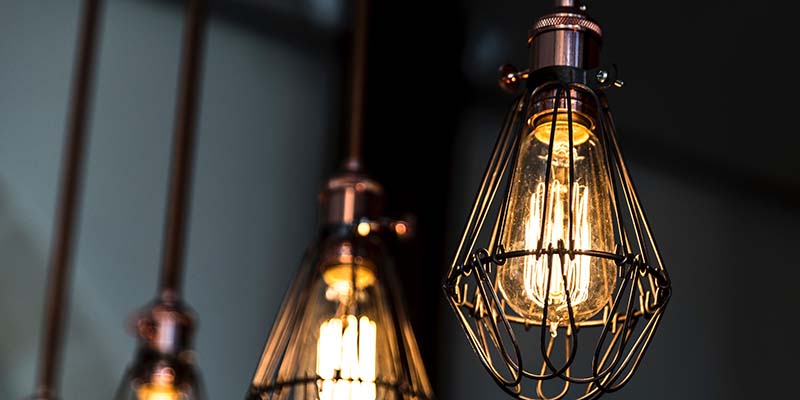You’ve probably heard that LED lights can last longer than traditional bulbs, and you would be right. However, when it comes to actually calculating the lifespan of LEDs, things get a little tricky. With this guide on how long do LEDs last we’ll look at some general guidelines for getting the most out of your lightbulbs so you get the biggest bang for your buck!
How Long Do LEDs Really Last?
According to the U.S. Department of Energy, “Most high-quality LEDs are guaranteed for 50,000 hours of operation (about 22 years if operated seven hours per day).” But perhaps more importantly than the number of hours an LED will last is the fact that its lifespan can vary greatly depending on what kind of LED you buy and how it’s used. According to DigitalTrends:
- You’ll get about 10 times as long a life from an LED bulb if you use it for only three hours per day instead of 30.
- A poorly designed fixture could cause your light to burn out in just one year rather than over 20 years like they should be able to do.
How To Get Longer Lifespan From LEDs
To get the most out of your LED lights, you should try to keep them in a well-ventilated area. This means that you should use them in places where there is not a lot of water, chemicals, or dust. If the room is too closed up, it can cause problems for the air flow inside of it. You may also have to worry about dampness and mold if you don’t have enough ventilation in your home or office space.
Is the Brand of LED Important to Its Lifespan?
In terms of lifespan, the brand of an LED is not important. There are many companies that produce LEDs using the same materials, so it’s best to focus on the specifications of each product rather than who made it.
What Affects LED Life Span and Longevity?
There are a few factors that can affect the lifespan of your LED lights. The first is heat, which can shorten an LED’s life if it’s exposed to high temperatures for long periods of time. This also means that you should store your LED bulbs in a cool place, as they’ll last longer if they’re not subjected to extreme temperatures.
Another way to extend the life of your LEDs is by keeping them away from moisture and water. If you live in a humid climate or leave your lights on when it rains outside, then this could be causing them damage and reducing their lifespan. You should also check out our post on How To Restore Your Led Lights Using A Heat Gun And Alcohol For A Solution On Replacing Old Led Filament Bulbs That Are Not Working Right Or Are Hanging By A Thread With New Ones To See What Else Can Be Done To Keep Your Lights Shining Bright!
How Do Heat Disposal, Cooling, and Heat Sinks Affect LEDs?
Heat is the enemy of LEDs. When an LED gets too hot, it’ll burn out, so proper cooling is important. It’s also a good idea to mount your LEDs on a heat sink to help dissipate heat away from the device as quickly as possible. If you have more than one LED in an enclosure, make sure there’s enough space between each light source so that air can flow through freely and carry away any excess heat they generate.
Conclusion
Hopefully, this blog post has helped you get a better idea of how long LED lights last and what factors affect their lifespan. We also understand that as consumers, it can be overwhelming to navigate through all of the information available on this topic. So if there’s anything else we can do to help make your decision-making process easier—whether it’s by providing additional resources or just answering questions—please don’t hesitate to contact us! We’re always happy to assist!
